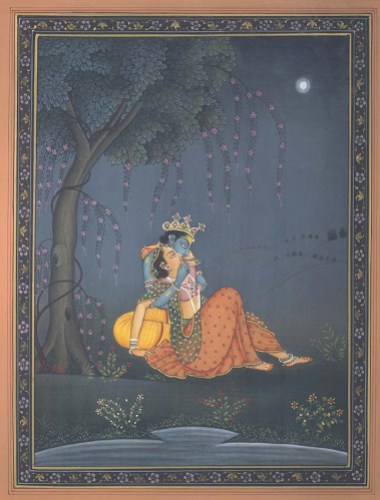Some artworks—works of music, theatre, dance, and the like—are works for performance. Some works for performance are unperformable.
Some such works are unperformable by beings like us; others are unperformable given our laws of nature; still others are unperformable given considerations of basic logic.
Musical works that fit into each of these categories really are genuine works, musical works, and works for performance, and the very possibility of such works is ontologically significant. In particular, the possibility of these works raises serious problems for type-theoretic accounts of the ontology of music as well as certain mereological or constitution-based accounts.
This according to “Unperformable works and the ontology of music” by Wesley D. Cray (British Journal of Aesthetics LVI/1 [January 2016] pp. 67–81.
Many thanks to Improbable Research for bringing this to our attention! Above and below, György Ligeti’s Étude No. 14A: Coloana fara sfârşit (Column without end), one of the works discussed in the article.







